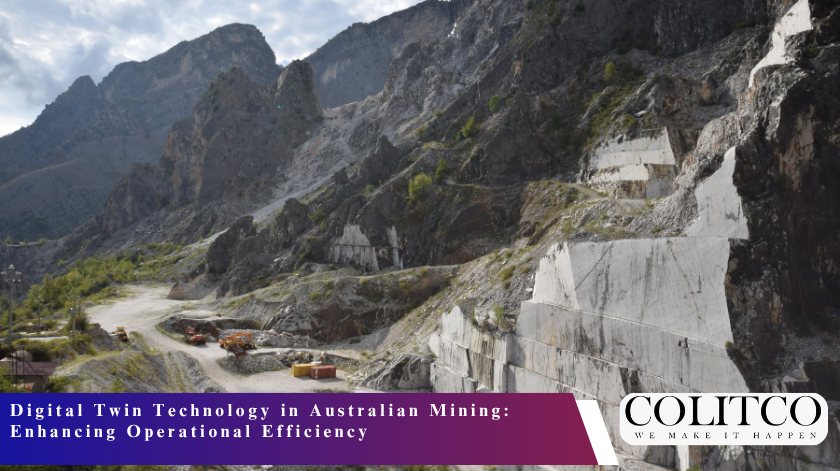Digital twin technology in the Australian mining industry is transforming the way operators handle their operations and enhancing the overall efficiency of operations. The technology builds a virtual image of real physical assets, the equipment and systems, on the fly. Mining companies are applying these digital models to monitor, analyse, and predict performance in their operations.

Digital twin technology is reshaping operational efficiency across Australia’s mining sector
The use of digital twin technology belongs to a larger digital transformation in the resources industry. It is one of the opportunities that Australian mining companies are using to make it easier to make decisions, reduce costs, and increase safety. According to the operators, already measurable progress in the sphere of productivity and sustainability is observed as a result of the use of these sophisticated systems.
Efficiency in Operation as a major priority.
The adoption of the digital twin technology in Australian mining has its core in operational efficiency. The volatility of the commodity markets puts the miners under pressure to ensure they stay productive and, at the same time, ensure cost control. The virtual mine sites make companies monitor the equipment performance, anticipate maintenance timing, and minimize unexpected downtimes.
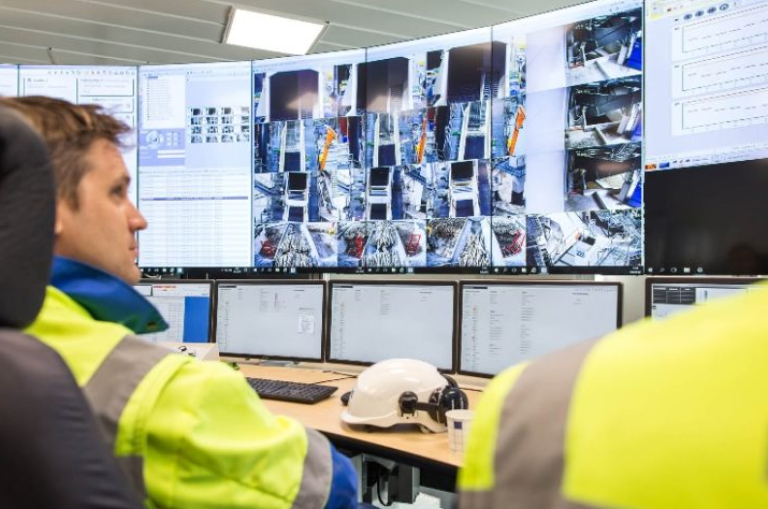
Mining operators use real-time digital twins to track equipment performance and optimise workflows.
Through digital twins, Australian mining companies can experiment with conditions under controlled conditions and then implement the changes in the field. It involves a process of minimizing disturbance as solutions to problems in production are found most effectively. Among the results of these technology-based practices within companies, there are reports of more throughput, less maintenance expenses, and greater availability of equipment.
Increasing Workplace Safety and Compliance
Australian mining is a safety-focused industry, and digital twin technology is also turning out to be an effective risk minimization tool. Mine workers work under conditions where hazards exist in their environment, and this makes predictive modelling a necessity for safeguarding workers. Simulated underground conditions, equipment behaviour, and possible emergencies could be simulated by means of digital replicas before exposing staff.
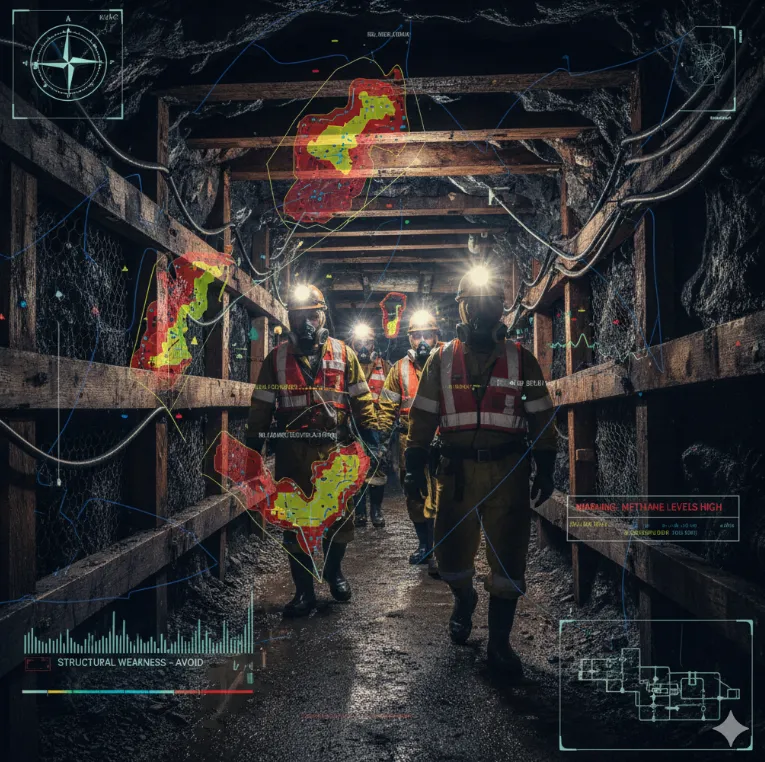
Digital replicas help predict safety risks and ensure compliance with Australia’s strict mining standards
On top of this, the technology helps companies to comply with strict Australian safety standards. Mining operators can predict risks, achieve compliance in a better way, and reduce the impact of accidents. Through the digital models, firms are able to develop safer processes, training arenas, and better responses to the challenges.
Automation of Data and Integration
Digital twin technology is based on a consistent stream of real-time data. Australian mining operators are investing in automation, drones, and equipment with IoT capabilities to offer a continuous flow of information. These are the inputs that go directly into the digital models, which result in accuracy and enhance reliability.
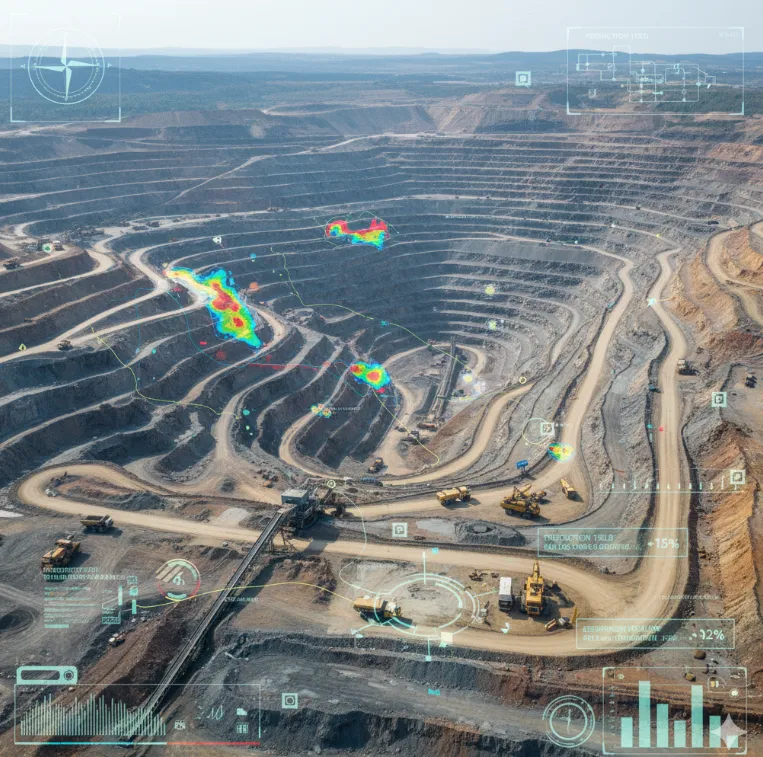
Drones and IoT sensors feed real-time data into digital twin platforms for accurate modelling
The automation and use of digital twins are changing mine management. The operators can now trace vehicle fleets, analyse material movements, and predict bottlenecks in production. The mining technology integration enables more responsive operations and also enables quick decision-making at all levels of management.
Pioneering Companies
The digital twin systems have already been integrated by several major operators in the Australian mining industry. Corporate leaders like BHP are relying on digital models that are built with artificial intelligence to make planning, allocation of resources, and operational forecasts better. The application proves how the technology of mining can be scaled to large and complicated tasks.
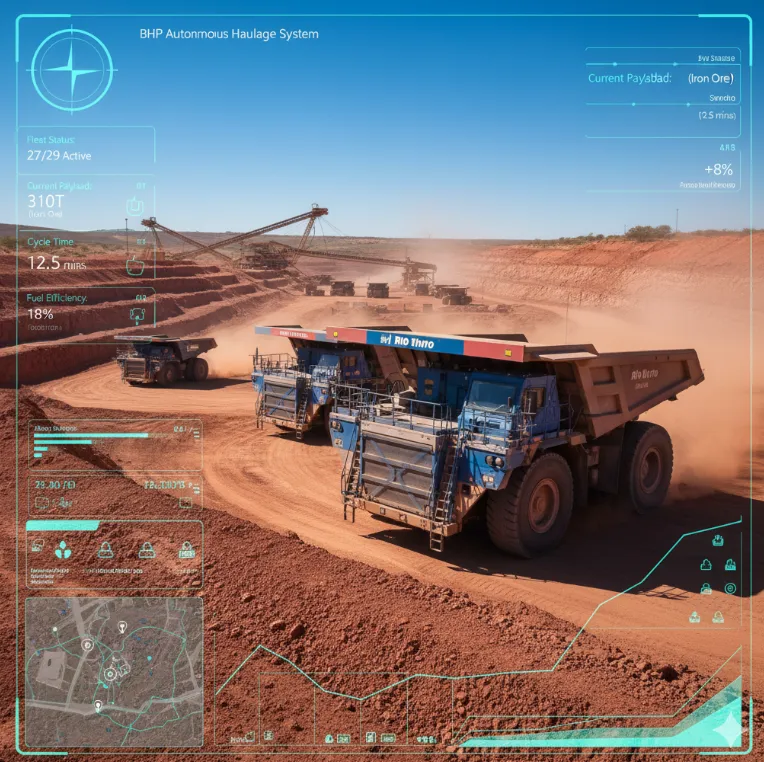
Major operators such as BHP are applying digital twins to streamline production and planning
The case studies in the sector have revealed that the mid-tier miners are also recording quantifiable outcomes. It is reported that millions of dollars have been saved by the use of workflow optimisation, less downtime, and a safer workforce. These findings affirm that there is a digital transformation taking place in both big and small mining companies in Australia.
Implementation Problems
Although the advantages of digital twin technology are obvious, Australian mining companies face a range of challenges. Adoption can be hampered by high implementation costs that comprise software, hardware, and skilled personnel. Smaller companies tend to struggle with the process of making a financial investment that does not bring obvious short-term benefits.
The interoperability of systems is another challenge. Mining firms have various suppliers and systems, and it is hard to achieve complete integration. Digital twin systems are likely to deliver incomplete information or be less efficient without interoperability. The technology providers and industry groups are striving to establish open standards that are capable of enhancing connectivity and long-term performance.
Digital Mining Future
The future of Australian mining is likely to be even wider usage of the digital twin technology. Co-current with generative artificial intelligence, this will offer operators with sophisticated forecasting and scenario modelling. This would enable the ability to test mine designs in the digital format prior to construction.
The Australian universities are also equipping a new workforce with the skills required to make a digital transformation through education and training programs. The mining sector is developing the capacity to grow over time by providing engineers and technicians with knowledge in the field of simulation and data management. The developments are in line with the national plan of improving sustainability and operating efficiency in the mining sector.
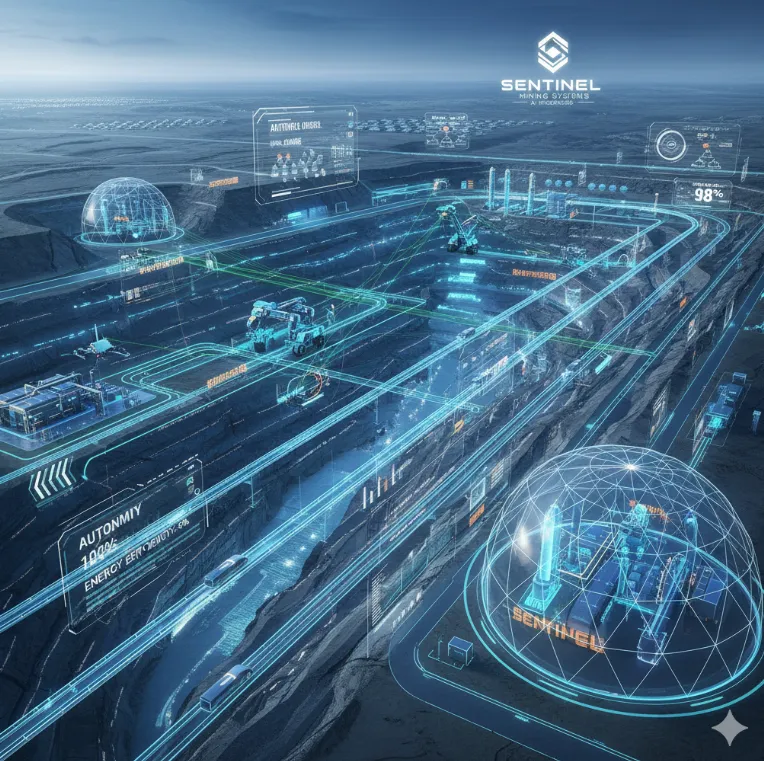
The future of Australian mining is expected to see wider adoption of AI-powered digital twin systems.
Also Read: AI-Powered Commodities Trading: How Machine Learning is Shaping Metal Futures Markets
Final Thoughts
Digital twin technology is emerging as a fundamental part of mining technology in Australia. It is being utilized by operators to provide operational efficiency, enhance safety and lower costs. The technology is also becoming vital in the contemporary mining as part of the broader digital transformation of the resources sector.
Through the implementation of technologies in digital twins, Australian mining companies are creating stronger, safer and more sustainable operations. The further development of this implementation is an indication of another stage of mining technology, in which efficiency and innovation must be accompanied by the perfection of operations.
FAQs: Digital Twin Technology in Australian Mining
1: What is digital twin technology in Australian mining?
A digital twin is a real-time virtual replica of physical mining assets, processes or systems. It integrates data flows from sensors and equipment to mirror operations.
2: How does digital twin technology improve operational efficiency in mining?
The virtual model enables operators to simulate different scenarios, spot inefficiencies, predict maintenance needs, and reduce unplanned downtime.
3: Which mining operations benefit most from digital twins?
Operations involving fleet logistics, ore processing, mine planning, and equipment maintenance see strong gains. Digital twins are particularly useful in complex, variable systems.
4: What data sources feed a digital twin in mining?
Sensors, IoT devices, automation systems, control systems, telemetry and historical data all feed the digital model.
5: What challenges do Australian miners face when adopting digital twins?
Key challenges include high upfront costs, data integration across multiple platforms, and interoperability issues.
6: How is BHP using digital twin technology within its operations?
BHP applies digital twins across its value chain, integrating them with generative AI to test operational scenarios and improve decision-making.

